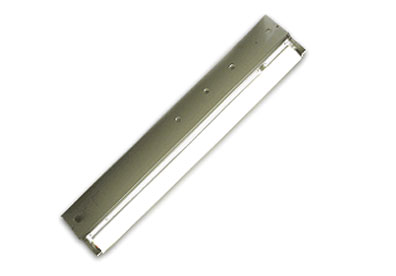
Last week, after an overview of lighting history, we examined incandescent lighting—the lamp technology invented by Thomas Edison. Until the mid-1900s incandescent lighting dominated both commercial and residential lighting applications, indoors and outdoors. That only changed when electric discharge lamps were introduced, offering longer life and producing more light per unit of electricity consumption.
While the first practical fluorescent lamp wasn’t introduced until 1938, the origins of fluorescent lighting date back to the turn of the century. In 1901, American Peter Cooper Hewitt patented mercury-vapor lamp. He discovered that by passing electric current through a small amount of mercury gas, an electric arc was produced and light given off. He went on to form a company with George Westinghouse to form the Cooper Hewitt Electric Company to produce the first mercury vapor lamps. I’ll address mercury vapor lamps and other types of “high-intensity discharge” lamps next week.
Various researchers, including the German Edmund Germer, worked on improving the light quality from mercury vapor lamps so that it could be used effectively indoors–mercury light has an unpleasant bluish color at the ultraviolet (UV) end of the spectrum–but it was American George Inman and his group or researchers at General Electric that made it work. They found that by coating the inside of the glass tube with phosphor, the UV light would be absorbed and the phosphor would re-radiate a much whiter light. That’s the principle of fluorescent lighting.
Fluorescent lamps have electrodes at both ends of a phosphor-coated, sealed glass tube that is filled with a small amount of mercury vapor in an inert gas, usually argon. When current is applied to those electrodes, an electric arc is produced in the mercury gas, generating the light. A ballast modifies the electric current, giving it a boost of charge to start the arc, then reducing the electric current to keep the lamp operating without blowing it out.
Early fluorescent lamps used magnetic ballasts that produced an annoying hum and caused flickering. Most of these early fluorescent lamps were straight glass tubes, though GE fairly quickly introduced circular (Circline) and U-shaped lamps. Other manufacturers, including Philips and Sylvania entered the market.
More recent advances include the switch to electronic ballasts, improvement in the phosphors, and miniaturization of fluorescent lamps. The switch to electronic ballasts eliminated most of the hum and flicker. Instead of cycling on-and-off 60 times a second (the frequency of AC current), the electronic ballasts cycle at about 10,000 times a second, which is imperceptible to the human eye.
While most early fluorescent lamps produced an eerie bluish light that made human skin look cadaverous, newer phosphors introduced in the 1970s dramatically improved the light. Light quality is measured in two ways: the color temperature (in kelvins) and the color rendering index (CRI), both of which are determined by the phosphors. “Cool-white” fluorescent lamps have color temperatures of about 4,000 kelvins or higher, and that light looks distinctly bluish (which has a cool feel to it). Full-spectrum lamps have very high color temperature, often around 7,000 k, and the light is very blue—which most homeowners dislike. Warm-white lamps have color temperatures of about 3,000 or lower; these are more yellow and look and feel more like incandescent light.
The color rendering index of a lamp measures how accurately colors are shown off under that light. A CRI of 100 represents color perfectly, like incandescent lamps. In the 1970s most fluorescent lamps had CRIs of 60 or lower, which is why skin color appeared so odd. Most fluorescent lamps today have CRIs of 80 or 85, so show off colors much better.
The final advance that I’ll cover here is miniaturization to create compact fluorescent lamps, or CFLs. First introduced in the 1980s by Philips, CFLs are now widely available and becoming more and more common as replacements for incandescent light bulbs. The fluorescent tube is thinner in diameter and either folded or spiraled to concentrate the light. Most of the CFLs homeowners buy have integral ballasts and screw-in mounts just like incandescent light bulbs, so they offer easy replacement. CFLs are also available with separate lamps and ballasts, so that just the lamp can be replaced when it fails.
Modern fluorescent lamps produce as many as 100 lumens of light per watt of electricity consumed, compared with about 15 to 20 lumens per watt for incandescent light bulbs. This measure of performance is referred to as “efficacy.” The highest-efficacy linear fluorescent lamps are the thinnest-diameter. (Lamp diameters are measured in eighths of an inch, so a T-12 lamps is an inch-and-a-half in diameter.) T-8 lamps have higher efficacy than T-12 lamps, and T-5 lamps have higher efficacy than T-8s. Most CFLs have efficacies of about 50 or 60 lumens per watt.
While CFLs use just a third as much electricity for comparable light output as incandescent light bulbs and last up to ten times as long, they have one big drawback: the mercury. CFLs and straight-tube fluorescent lamps contain a small amount of mercury that creates a disposal problem—the lamps become hazardous waste and, if incinerated, can contribute significantly to air pollution. Breakage can also release potentially hazardous mercury in your house. We will see in a couple weeks how LED lighting offers an alternative to this mercury problem.
Weekly Newsletter
Get building science and energy efficiency advice, plus special offers, in your inbox.





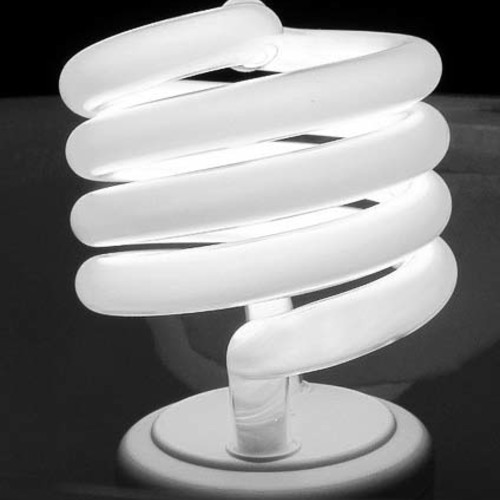
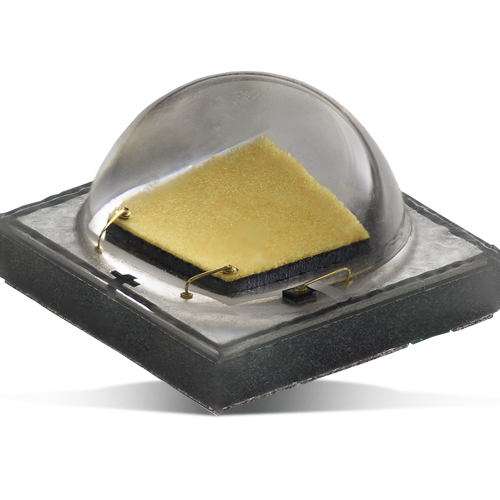
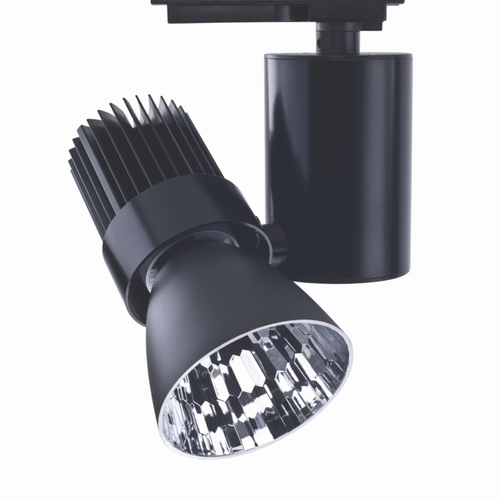
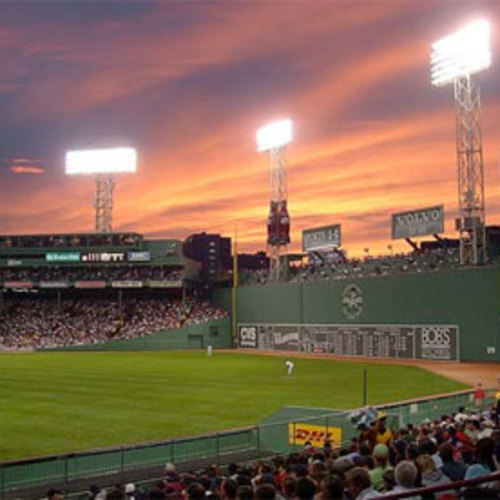






0 Comments
Log in or create an account to post a comment.
Sign up Log in